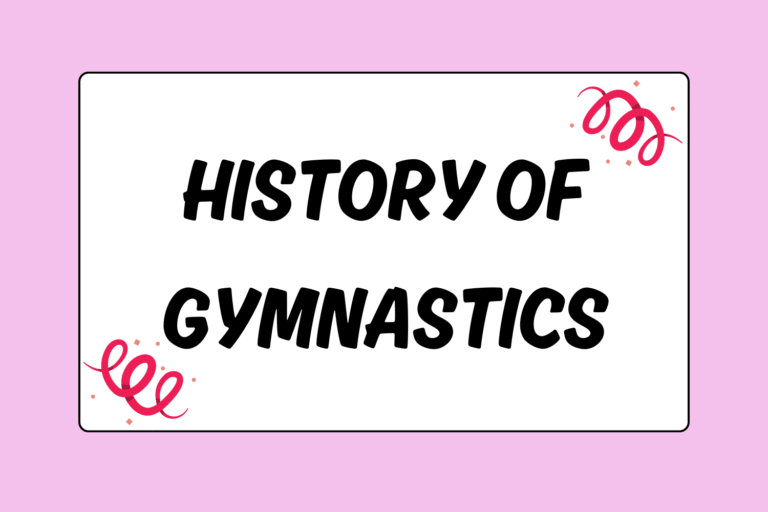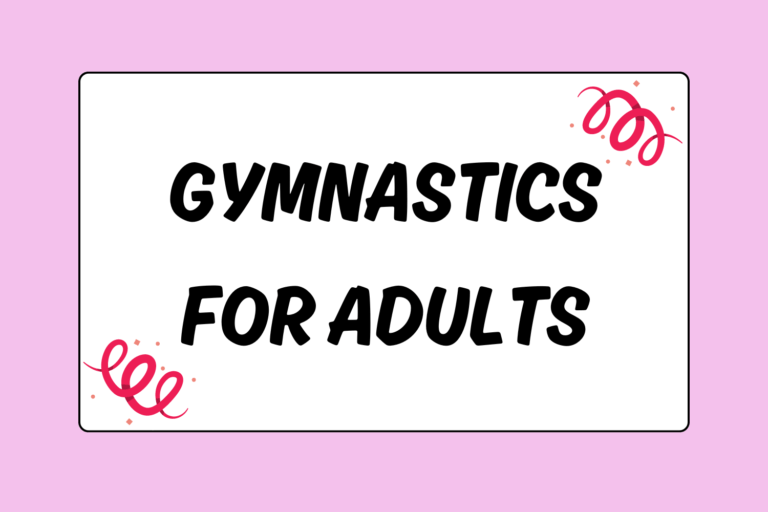In the United States, USA Gymnastics (USAG) is the governing body that runs the prevalent competitive system. This system is called the Junior Olympic, or J.O., system. The ultimate goal of J.O. is to create elite-level athletes. In order to reach the upper echelon of J.O., gymnasts must pass through ten levels. This guide outlines each level and explains how they differ from one another.
Women
The women’s J.O. system is divided into compulsory and optional levels. In order to move from one level to the next, the gymnast must achieve a required all-around score.
Levels 1-6
These are the compulsory levels in which every athlete within a level competes in the same routine. For example, a Level 4 in Arizona has the same beam routine as a Level 4 from New York.
The degree of difficulty in these routines increases at each level. In the Level 5 floor routine, a gymnast must complete a dive roll, front handspring, and roundoff two back handsprings. In Level 6, she’ll need to do a front tuck, two connected front handsprings, and a back tuck.
Some states hold competitions for levels 3 and under. Generally, gymnasts begin competing at Level 4 or 5, with state championship competitions held for Levels 5 and 6. An athlete must be at least six years old to compete in Level 4 events and seven years old for Level 5.
Level 7
Level 7 is the bridge between compulsories and optional. USAG mandates certain skills (for example, a back layout on floor), while restricting other skills that are considered too difficult. Beyond meeting those requirements, the gymnast is free to have her own choreography and arrange the skills in her routine as she and her coach see fit.
Hot Tip: No Skipping Levels
So you’re an awesome Level 5 and you think you have what it takes to be a Level 8 — or higher. In fact, you wish you could skip right over Level 6 and 7. Not so fast! You’re required to compete at least once in every level above Level 5. After you achieve the required mobility score, you’re free to move up.
Levels 8-10
Level 8 also has skill restrictions. Once a gymnast makes it to Level 9 and 10, however, there are no restrictions. Gymnasts are also eligible for receiving connection value, or bonus points, in Level 9 and 10. Many college gymnasts are former Level 9, 10, or Elite competitors.
Elite
If you’ve watched the Olympics, you’ve seen elite gymnasts. Elites are divided into junior (ages 11-15) and senior (ages 16 and up). These athletes have the opportunity to be selected for the National Team, which competes domestically and internationally.
Men
The men’s Junior Olympic program works quite similarly to the women’s: There are also ten levels for gymnasts to work through, culminating in elite. Here’s a quick breakdown of each level:
- Levels I-III: These levels are also known as the Basic Skills Achievement Program, helping young gymnasts develop the skills they’ll need for the higher levels.
- Levels IV-VI: Gymnasts compete in compulsory routines mandated by USAG on each of the six events.
- Levels VII-X: Level VII functions as a transitional level between compulsory and optional. At Level VIII and beyond, gymnasts can compose their routines as they wish, making sure to fulfill the difficulty requirements that increase with each level.
- Elite: Like their female counterparts, male elites can compete all over the world, including at the World Championships and Olympics.
Separate Systems
If compulsory gymnastics isn’t your style and you want to plunge into optional routines right away, there are alternative competitive systems, such as:
- United States Association of Independent Gymnastic Clubs (USAIGC): Gymnasts can have their own choreography right from the get-go, specialize on particular events, and compete at higher and lower levels simultaneously.
- P.R.E.P. Optional Program: Run by USAG, this program also allows optional routines for all participants.
Leveling Out
Now that you’re familiar with the J.O. level system, you may be raring to compete so you can move on up. Or you may want to look into the optional-only competitive programs. Either way, these systems are designed to help gymnasts advance through the sport while providing the foundation they’ll need for future success.





